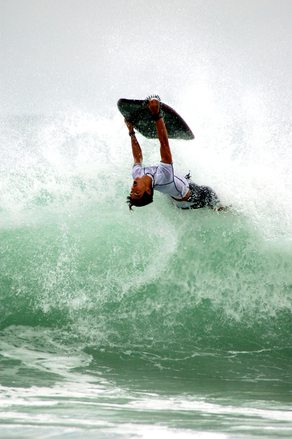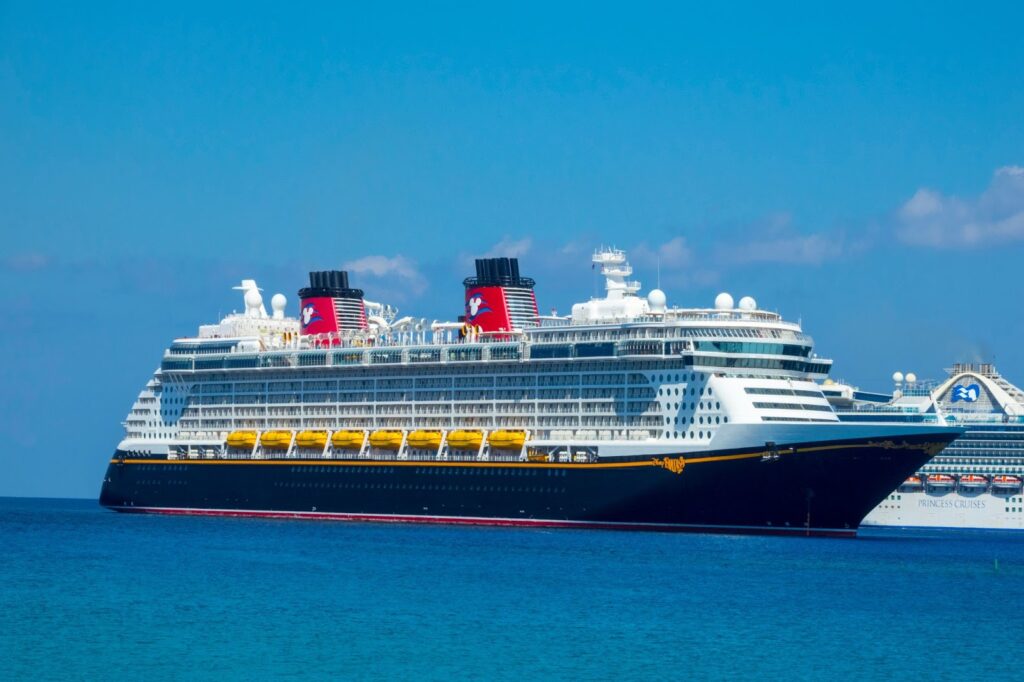
Given the potential hazards associated with boogie boarding, our maritime accident attorneys have a few safety tips that can help you both understand the dangers that boogie boarding poses, and help keep you and your loved ones safe.
One of the most important things to keep in mind about boogie boarding is that despite the fact that boogie boarding can be just as dangerous as surfing, children are more likely to be using boogie boards than surfboards. Boogie boards can be less expensive than surfboards and are often more readily available. Many beaches that highly regulate surfboard usage won’t regulate the use of boogie boards, making boogie boarding more commonplace at beaches where there may be swimmers in the water. So, it is particularly important to be aware of the safety measures you can take before hitting the waves, and before allowing little ones to enjoy the water sport.
First and foremost, boogie boarders should be skilled swimmers. You should never rely on your boogie board as a flotation device. If parents are letting younger children boogie board, the children should still be skilled swimmers. In crashing waves, it is not uncommon for swimmers to become separated from their boards, and unlike surfboards, not all boogie boards come with leashes. The inexpensive boards typically purchased for children often come with no leashes, so if children become separated from their boards, it is important that they know how to swim. Even if a boogie board has a leash, individuals using the board should still be confident swimmers.
While larger waves can be fun for experienced and properly equipped boarders, riding larger waves can be dangerous—whether you’re surfing or boogie boarding. You should ride waves within your ability level and be aware of shallow areas, rocks, and other hazards. Every year people are airlifted to the hospital with serious injuries for riding waves that exceeded their abilities or for riding waves improperly. Being aware of the beach break where you’ll be boogie boarding is important. Some areas have shallow reefs or other underwater hazards, like pier pylons.
Body boarding in larger surf (waves bigger than 3 or 4 feet) during low tide can actually be incredibly hazardous. Boarders can hit the ground beneath the water and seriously injure themselves. Areas where waves are forming tubes are more likely to have shallow water.
Inexperienced body boarders may also be more likely to put themselves in dangerous conditions. For instance, body boarders should never try to ride waves that break on the shore. Shore-breaking waves can slam a person into the sand of the shore causing serious injuries.
If you’re boogie boarding for the first time, it’s a good idea to go with friends or with other people. Finally, if you’re a parent, make sure that your child isn’t trying to ride waves that exceed his or her ability level and monitor your child closely while in the water.
Boogie boarding, or body boarding can be great fun, but it might be a good idea to get a lesson before deciding to head out into the surf. At the very least, it is a good idea to boogie board at a beach monitored by a life guard.
Published on July 1, 2015
Categories: Maritime Accidents
Get Free
Consultation













